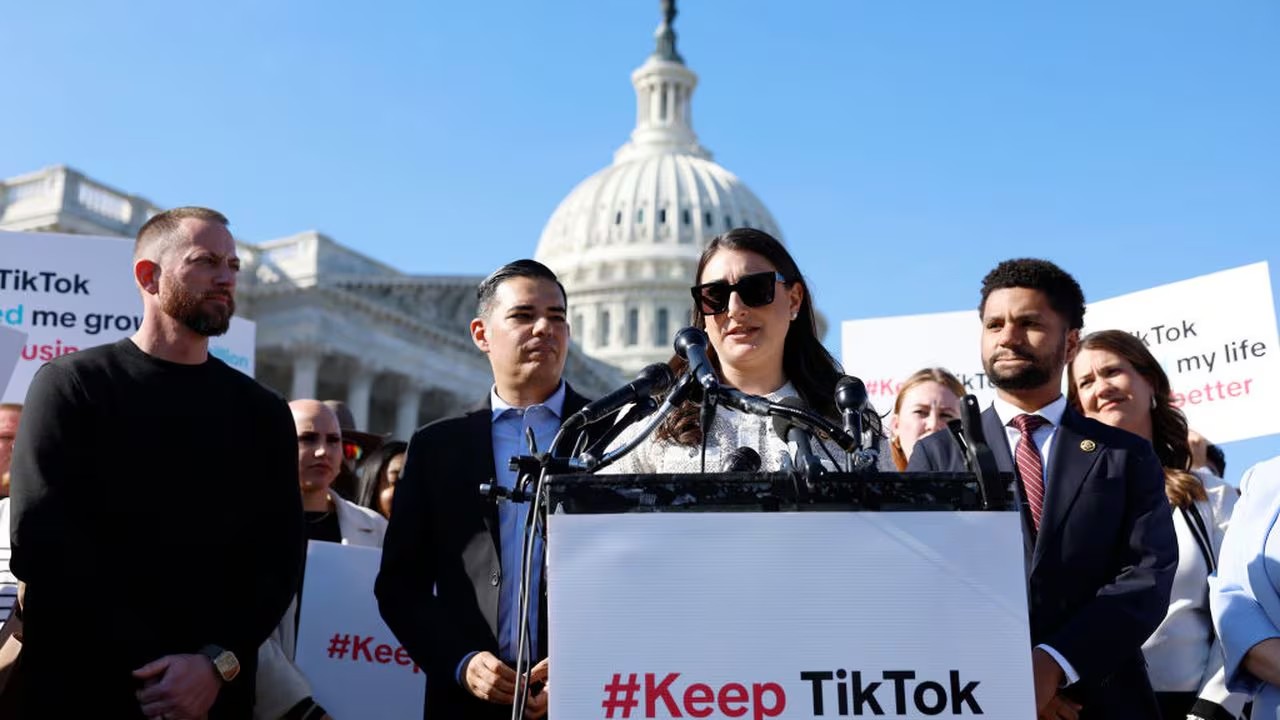In an essay published on his blog, the American writer Cory Doctorow proposes the concept of enshitification to understand how social networks are born, reach their peak and reach their decline.
The 3 stages of enshitification
Doctorow describes this as occurring in a 3-stage process:
- Social networks are good and useful for your users, in order to engage them on the platforms.
- Social networks are beginning to abuse their users to improve relations with their business customers. The idea is to engage business customers because their platforms are where the audience is.
- Finally, once users and business customers are hooked, the platform tries to hoard the value for itself
Facebook, the great example
As an example we can take Facebook, which is a great example of this concept according to Doctorow.
Mark Zuckerberg’s social network first showed you in the news thread the things and people you were interested in and liked. For that reason, you and the people you know probably started using Facebook, as it was another way to stay in touch.
This is the first phase of the process. Let’s look at the second phase.
Once there was a critical mass of users on the social network, Facebook set up its advertising business to make the social network profitable. However, the publicity has a flip side in the news thread: instead of seeing things from family and friends, things from people or organizations you don’t follow or don’t care about start coming up.
Finally, Facebook modifies the terms of its business to get more money from advertisers. It also starts to show more advertising in the news thread. Thus, the social network would cease to be more useful and is easier to abandon.
What about TikTok?
A report published in Forbes magazine reveals that TikTok’s For You page does not always display content based on the recommendations the algorithm chose for the user. In reality, TikTok employees embed videos on that page from brands and influencers with whom the social network wants to do business.
This practice, which the report calls heating, allows any video chosen by the social network to go viral overnight. This implies that TikTok promoted and promotes videos of some creators with whom it does business at the expense of other creators with whom it has no commercial alliance.
For Doctorow, this is a sign that the enshitification of TikTok has already begun. The algorithm of this social network is really useful to show relevant videos to users.
However, according to the U.S. writer, TikTok is now trying to attract (and trap) creators and business customers to the platform so that it can then monetize them.
The platform is making a very delicate balance between showing videos that its users want to watch and showing videos that its business customers want users to watch. Doctorow sees this as a sign that TikTok’s decline is just beginning.




